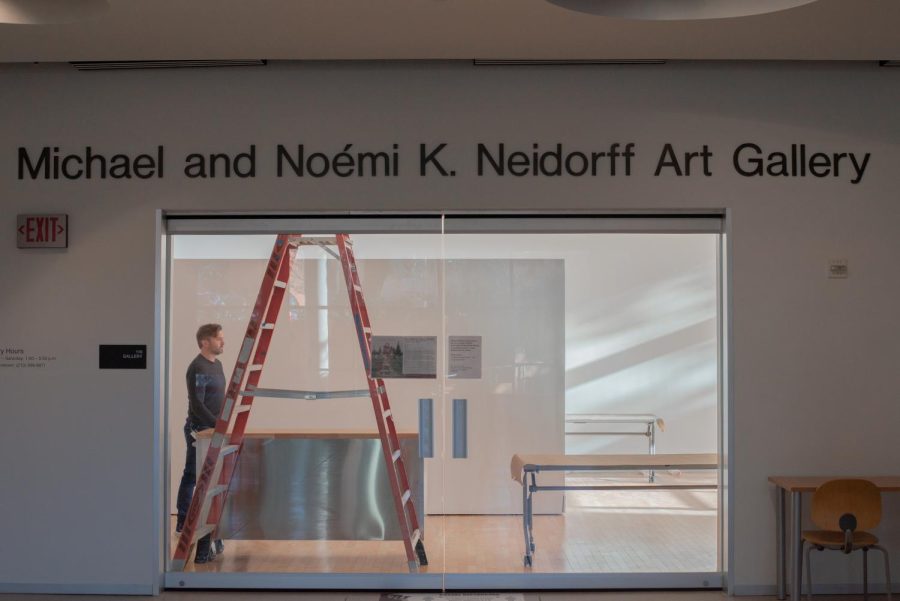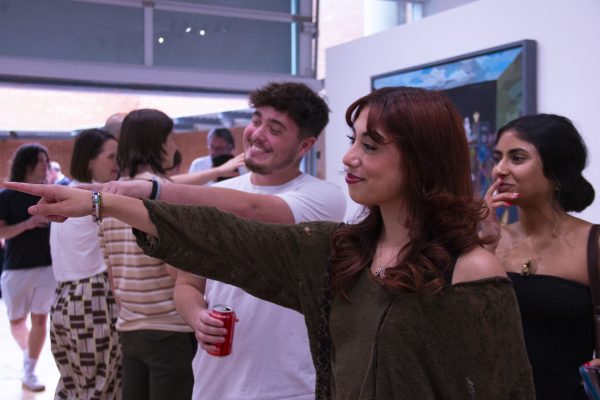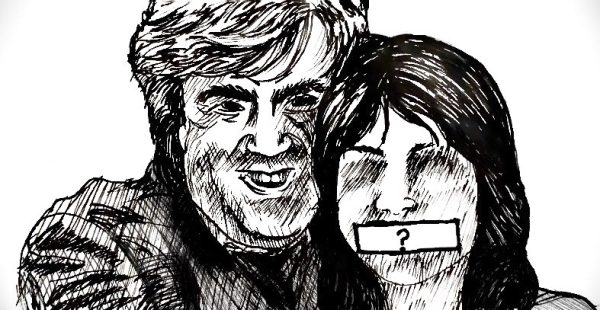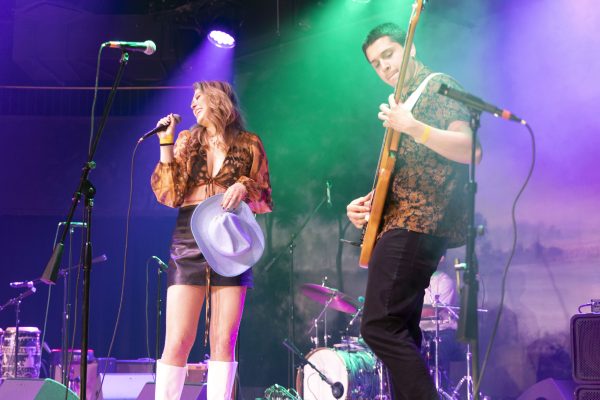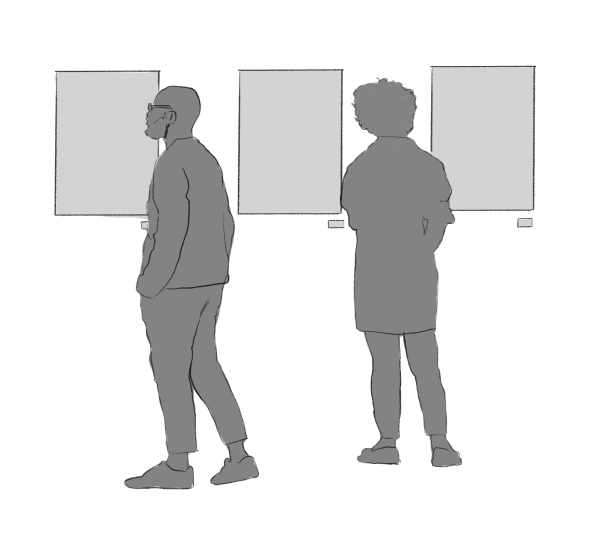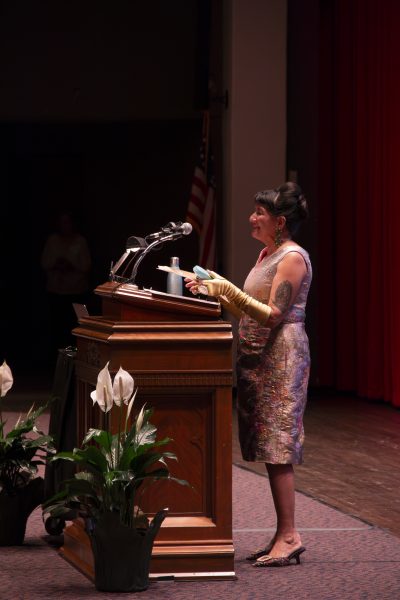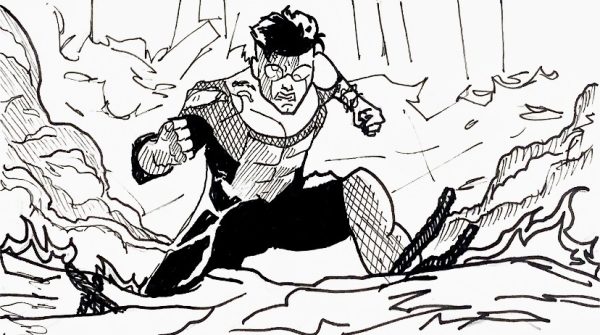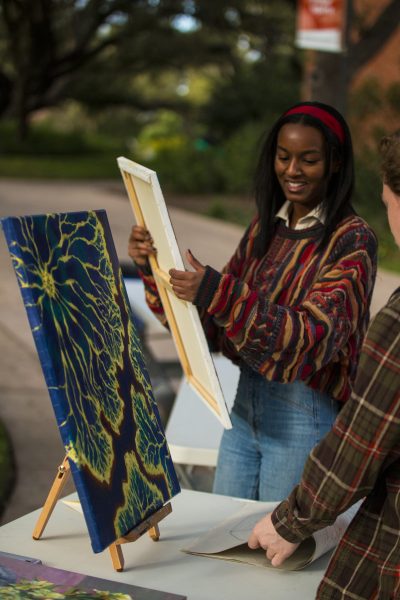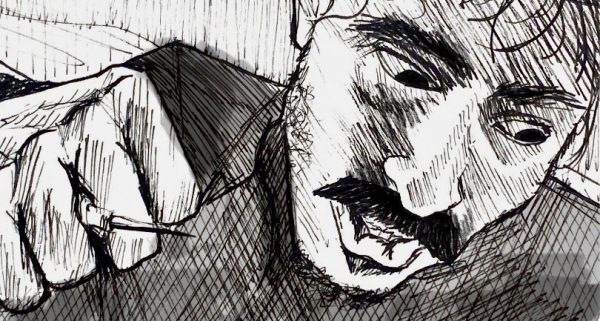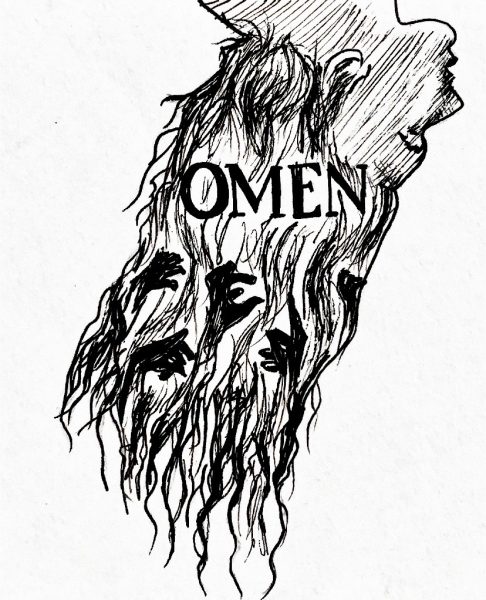Gallery Practicum: Creating space for art
The Gallery Practicum course encourages students to explore art from a curator’s perspective
The Gallery Practicum class meets in a room hidden from the outside (at least to non-art students like myself), within a compound of other art classrooms in Dicke-Smith. The unfortunate meeting time on Fridays from 12:30 p.m. to 3:20 p.m. makes this class a labor of love for the students. The room feels like an upper-division art seminar room — there’s just one table in the middle with five occupants. Each participant brings their own cultivated interest in art and a casual environment blossoms out of each person talking about what they love.
The Art Department’s Gallery Practicum class allows students to see a different side of displaying art in a museum or gallery. The class has a brief description on TigerPaws as a “hands-on course offering instruction and experience in all aspects of the organization and installation of art exhibitions.”
The syllabus description provides a more thorough idea of exactly what the class entails: “Using the university gallery as a learning space, [students] will gain valuable experience in the selection, proper handling, hanging, and lighting of artworks, along with the planning, design, artist relations, and public relations of an exhibition.”
The class is currently taught by Gallery Manager Benjamin McVey, who uses his extensive background as an artist, curator and gallery manager to help provide students with practical knowledge about staging art exhibitions.
According to McVey, the role of a curator or gallery manager entails the consideration of many factors.
“[Responsibilities include] the artist’s needs, exhibition marketing and social media, placing and hanging artworks, packing and shipping, and welcoming visitors into the space.” said McVey.
I attended one class meeting, and it felt like a mixture of the descriptions above. The class represents a blend of the highbrow, critical thought expected at Trinity and a physical enactment of the philosophies discussed in class.
McVey’s specific experience as a visual artist creates an atmosphere that focuses on making sure the work an artist’s work is the center of any exhibition.
This focus on the artist’s work came through clearly in the class period I attended because it revolved largely on how physical space affects a piece of visual art, from the artist’s studio where the piece is created, to the exhibition where it might be during the artist’s life, to the museum the piece could be placed in after the artist’s death. Artists’ studios in particular reflect who they are and imbue life into their pieces. McVey’s description of an artist’s work as a living extension of the individual struck me. Expanding upon this idea means that when a work is placed somewhere with little attention to the detail of the surrounding space, a vital connection is lost.
The class then started watching “Marina Abramović: The Artist is Present,” a documentary that explores the creative process of the provocative performance artist. Performance art raises a whole new set of questions about physical space and art, and so the class provides the perfect backdrop to think both critically and practically about staging art of all types.
Thinking about art in this way — in relation to its physical surroundings and as both tangible and intangible — “creates a more rounded artist, art historian and individual [through] understanding all that happens when putting together an exhibition,” McVey said.
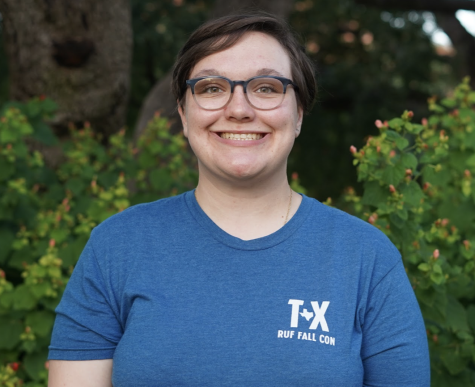
My name is Ayden Smith and I am a junior studying English here at Trinity. I am from Friendswood, Texas, and grew up coming to San Antonio for little vacations....
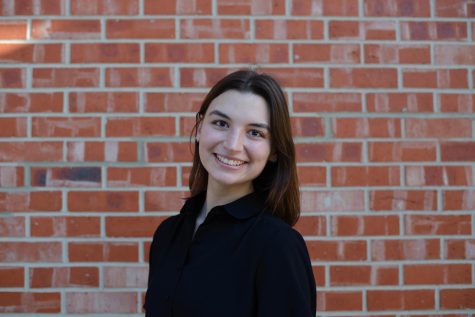
My name is Ashley Allen and I am a senior completing a BA in art history at Trinity University, with a minor in Medieval and renaissance Studies. I hope...

